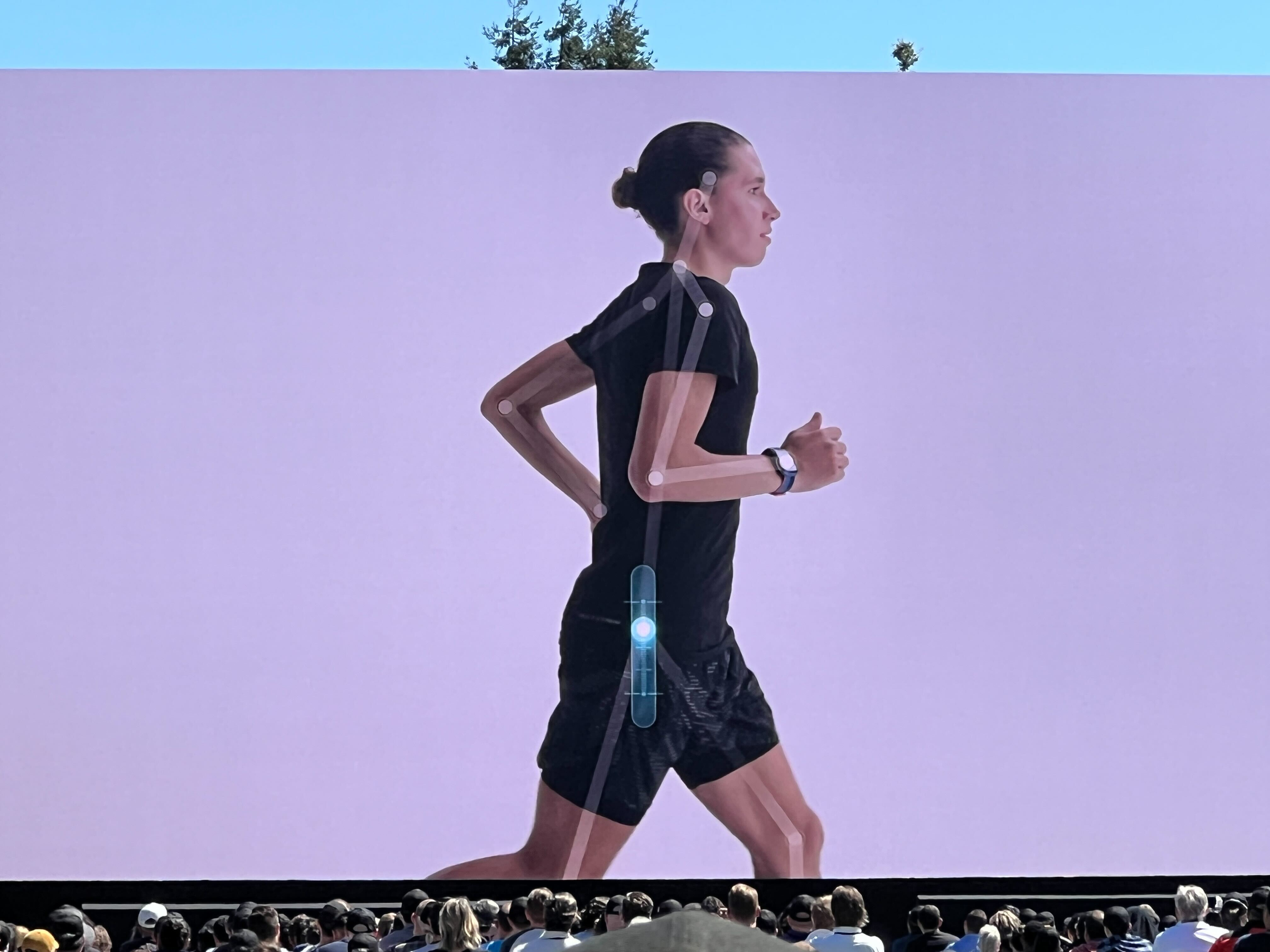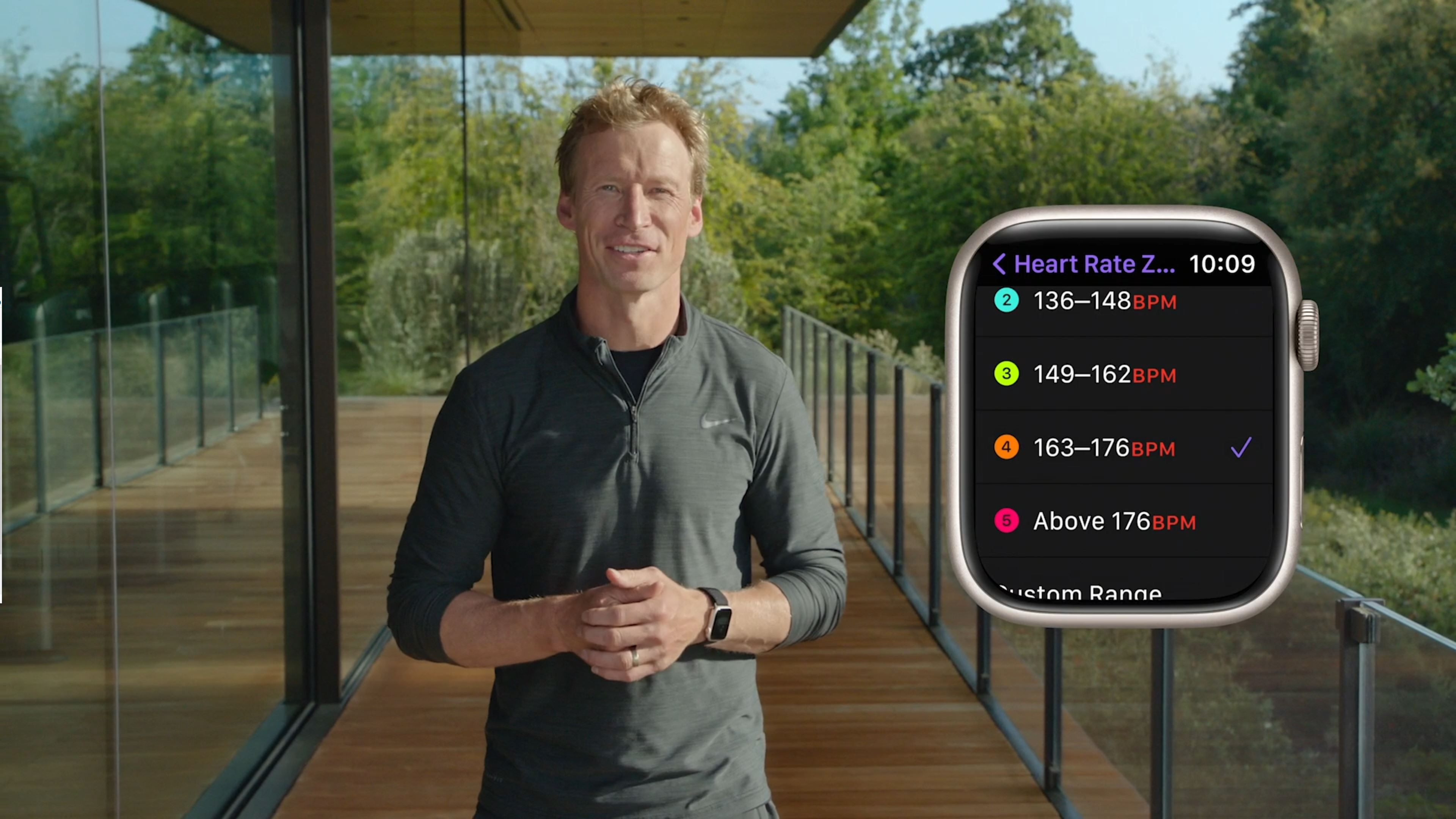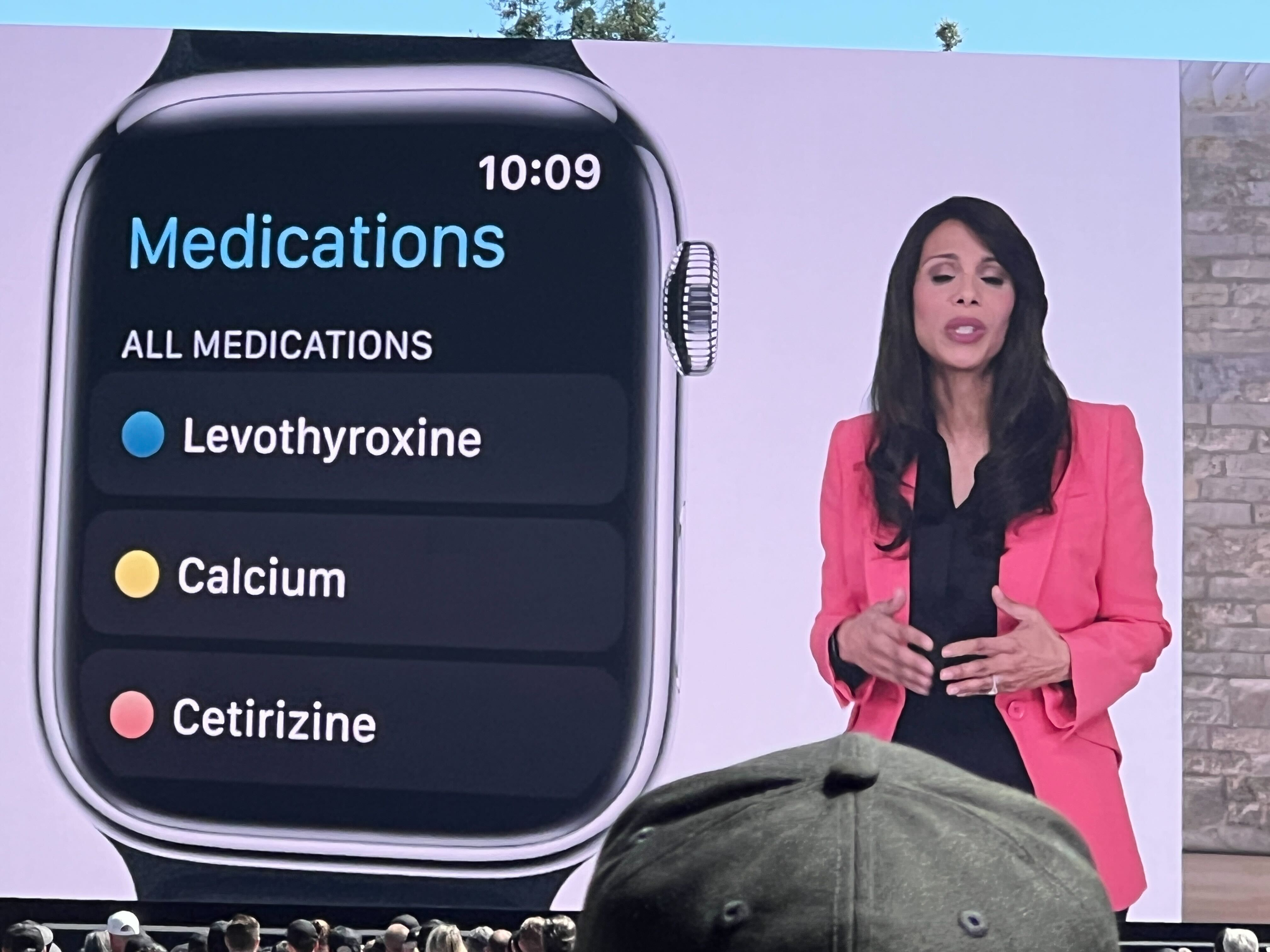While Apple announced watchOS 9, the successor to watchOS 8 for Apple Watch 8 and earlier at WWDC 2022 it’s also announced a release date of September 12 at the ‘Far Out’ event from September 7.
It’s an all-new look for the new Apple Watch Ultra, Apple Watch 8, Apple Watch SE 2 and earlier wearables from Apple – although the Apple Watch 3 will no longer be supported, despite still being on sale – and brings improved running metrics, better sleep tracking, more medical capabilities and loads more watch faces too.
Apple spoke a lot about fertility improvements coming to watchOS 9 on the Series 8, such as a body temperature sensor that will better tell you when ovulation could be occurring. There’s also ‘car crash detection’ coming to the latest Watch, with a g-force accelerometer and a better gyroscope both able to detect the moment of impact.
There’s also a Night Mode arriving just for the Ultra, alongside a new ‘battery optimization’ mode coming later this year.
With this in mind, here’s everything announced at the keynote from June and the September event, alongside when you can expect to get your hands on the new software.
watchOS 9: Cut to the chase
- What is it? The latest big update for watchOS
- When does it come out? September 12
- How much does it cost? It’s free
The new watchOS 9 is the latest update for Apple’s own wearable operating system. No release date has yet been given, but we do know the update will be a free download for all Apple Watch users with compatible devices (Apple Watch 4 and above), and it’s set to be available in the Fall.
There’s also a ‘Low Power Mode’ coming to Apple Watch Series 4 and later, mirroring the feature on iPhone and iPad.

watchOS 9: New features
There’s a lot of new stuff coming to watchOS 9. First, four new watch faces were announced: a remastered Astronomy face, a Lunar watch face supporting Chinese, Islamic and Hebrew calendars, a Playtime face with interactive, whimsical numbers, and Metropolitan, with fog that dynamically stretches as you rotate the crown.
Older faces are also seeing a, well, a facelift. Apple said “enhanced and modernised complications on some of the most classic watch faces, such as Utility, Simple, and Activity Analog” along with background color editing being available for favorites like Modular and X-Large.
Chinese scripts have been added as options for two faces, California and Typograph, while Portraits shows the “depth effect” on more photos, including cats, dogs, and landscapes.
watchOS 9 introduces new banner notifications, and active apps that can be pinned to the top of watch faces. When listening to podcasts on the go, Search and Listen Now functions will be available on Apple Watch, controlled with the crown. Callkit allows you to start and mute calls. Six new QWERTY keyboard languages were also mentioned: French, German, Italian, Japanese, Portuguese (Brazil), and Spanish (Mexico, Spain, Latin America).

Fitness features
Tons of new stuff here. watchOS 9 is adding three new running form metrics to track how efficiently you run, extrapolating torso movement separately from your arm swing via machine learning to ensure accuracy. Stride Length, Ground Contact Time, and Vertical Oscillation metrics are all brand-new to watchOS 9, and can be added to new easy-to-read Workout Views.
Familiar metrics such as splits and elevation are now reorganized. You can also see what Heart Rate Zone you’re in, which Fitbit and Polar have been doing for a while. However, you can add custom wrist-mounted alerts that will ping you when you’re falling into and out of specific heart rate zones, allowing you to train for specific goals and fitness levels.
Speaking of, custom workouts allow you to improve specific metrics with interval workouts. The new Power metric can be monitored live during a session, including during running, hiking, cycling, functional strength training workouts, and more.
Apple is gunning for Garmin’s crown with its multi-sport mode. The new triathlon-focused mode will allow you to automatically switch between swimming, cycling and running on the fly. Apple also states: “swimmers can now track their efficiency with a SWOLF score — a stroke count combined with the time, in seconds, it takes to swim one length of the pool. Users can view their SWOLF average for each set in the workout summary.”
Finally, there’s more support for Apple Fitness+. Fitness+ workouts can now display on-screen guidance to your watch during HIIT, Cycling, Rowing, and Treadmill workouts. This guidance includes Strokes per Minute (SPM) for rowing, revolutions per Minute (RPM) for cycling, and incline for walkers and runners.
Fitness+ subscribers don’t need Apple TV to stream workouts anymore, either. Users can now use AirPlay to stream workouts and meditations with all the usual on-screen metrics to compatible third-party TVs and other smart devices.

Health, sleep and wellness
In the Sleep app, your stages of sleep can determine and show you whether you’re in light, deep and REM sleep mode. So far, nothing new: however, the watch can help you push forward “the science of sleep” by sharing your data with dedicated sleep scientists in the Research app.
Heart health receives a big upgrade with the catchy-sounding Afib History. This feature cross-references your lifestyle factors such as exercise, sleep and weight with your heart health, looking at how it affects your atrial fibrillation. Apple expects to receive FDA clearance for AFib History soon, allowing you to use your AH in a medical context.
You can also track and manage medications on your watch, or in the Health app on your phone. You can build medication lists, or use your iPhone camera to track medications by scanning the label, where it’ll automatically add the medication to your existing list.
In the US alone, drug interactions (a reaction between two or more ingested substances) cause 250k hospitalizations each year. Apple can now use your medication list to look at critical, serious or moderate drug interactions you’re likely to encounter, which works with Health Sharing. You can easily invite your family members to share their health data.
watchOS 9: Supported devices
We’ve just heard that watchOS 9 will be supported on Apple Watch 8, Ultra, SE 2 and below, but support will run all the way down to Series 4 devices.
If you have an older watch, this is great news, as you’ll still be able to use many of the features previewed during the keynote.
